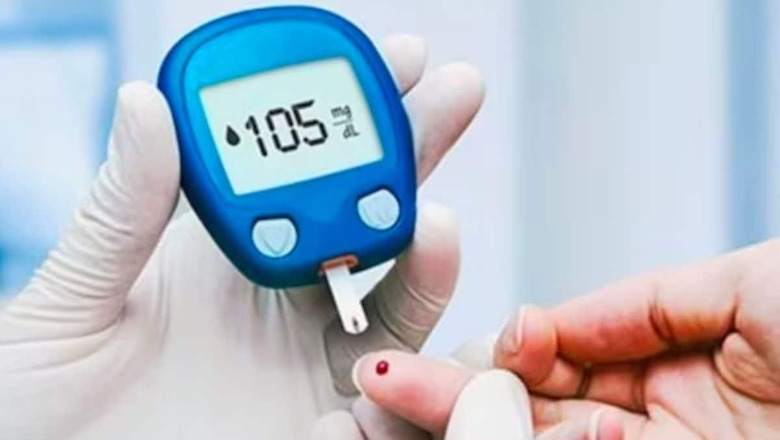
views
Diabetes, also known as diabetes mellitus, is characterised by a reduction or cessation of insulin production, the hormone crucial for regulating glucose levels in the body. In both instances, elevated blood sugar levels lead to various complications. There are two primary types of diabetes: type 1 and type 2.
Individuals with type 1 diabetes experience minimal or no insulin secretion from the pancreas. Insulin plays a crucial role in converting sugar into energy within the body. In the absence of insulin, sugar accumulates in the bloodstream rather than being converted into energy, resulting in elevated blood sugar levels and various associated effects.
Initially labelled as childhood diabetes due to its prevalence in children, type 1 diabetes is now recognised to affect individuals of any age.
In contrast, type 2 diabetes arises when the body either produces insufficient insulin to control blood sugar or when the body’s cells exhibit reduced responsiveness to insulin.
Type 2 diabetes predominantly impacts adults and the elderly, with childhood obesity elevating the risk of its development. Unlike type 2, type 1 diabetes, which is hereditary, cannot be cured. The immune system erroneously attacks the body, specifically targeting and destroying the beta cells responsible for insulin production.
Symptoms of type 1 diabetes may manifest over months or even years.
Certainly, type 1 diabetes can result from hereditary factors or viral infections, with susceptibility often linked to genes passed down from parents to children.
Symptoms of type 1 diabetes include persistent thirst, frequent urination, unexplained weight loss, excessive fatigue due to inadequate energy from sugar, constant hunger, blurred vision, irritability, and in the advanced stage, nausea and vomiting.
The main treatment for type 1 diabetes remains insulin injections. Additionally, maintaining healthy eating habits and engaging in regular exercise are crucial aspects of managing the condition.
Several factors contribute to an increased risk of developing type 1 diabetes:
1) Family history: Individuals with a parent or sibling with type 1 diabetes have a slightly elevated risk.
2) Genetics: Certain genes heighten the susceptibility to type 1 diabetes.
3) Geography: The prevalence of type 1 diabetes tends to increase as you move farther from the equator.
4) Age: Although type 1 diabetes can manifest at any age, there are two notable peaks – the first occurring in children aged 4 to 7 years, and the second in children between 10 and 14 years old.
















Comments
0 comment